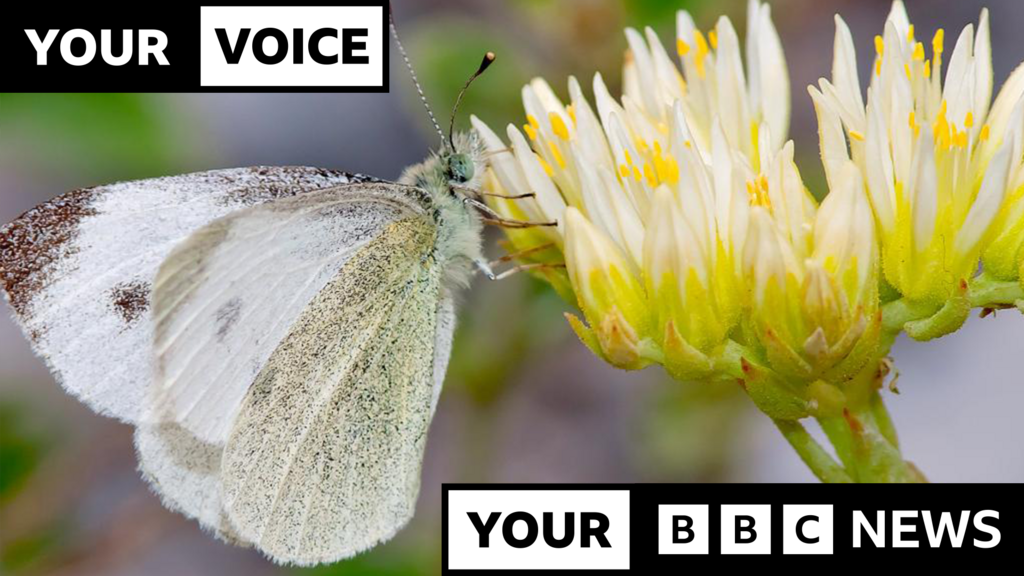A butterfly species previously confined to Southern Europe has been observed in the UK for the first time, according to the conservation organization Butterfly Conservation.
Experts have been monitoring the Southern Small White butterfly’s northward expansion across Europe in recent decades.
The initial UK sighting was verified at Landguard Bird Observatory in Suffolk, after a volunteer captured a photograph of the specimen.
The precise causes of the species’ expansion remain unclear, although a warming climate is believed to be a contributing factor.
Until recently, the Southern Small White’s distribution was limited to Southern Europe, particularly the southeastern region.
Butterfly Conservation reports that the species was first documented north of the Alps in France and Germany in 2008, subsequently extending its range to the Netherlands in 2015 and Calais in 2019.
The first recorded UK visitor, a female butterfly, was sighted at Landguard Nature Reserve on August 2nd by volunteer Will Brame, according to BirdGuides.
The identification of the specimen as a Southern Small White was confirmed by butterfly specialist Chris van Swaay of Dutch Butterfly Conservation.
James Corton, the County Recorder for Butterflies in Suffolk, contacted us about the story through Your Voice, Your BBC News.
While climate change is considered a factor in the butterfly’s spread, projections from a 2008 Climatic Risk Atlas of European Butterflies indicated that even under extreme warming scenarios, the species was not expected to reach the Low Countries until after 2050.
Dr. Dan Hoare, Director of Nature Recovery at Butterfly Conservation, described the species’ arrival as an “ecological leap.”
“There are species that are rare in the UK and periodically over the years they have turned up in ones and twos… but it’s not really indicating any significant shift in our fauna,” he stated.
“Southern Small White is very different. It’s basically colonised northern Europe from the Swiss Alps to the North Sea in the last decade, moving north at a rate of about 100 kilometres [62 miles] a year.”
Whether the species will establish a long-term presence remains uncertain, Dr. Hoare noted, as its primary food source, Candytuft, is not as widely cultivated in the UK.
The species has not historically been a migrant to the UK, and there are no records of it breeding in the country, a behavior characteristic of resident species.
Sign up for our Future Earth newsletter to keep up with the latest climate and environment stories with the BBC’s Justin Rowlatt. Outside the UK? Sign up to our international newsletter here.
About 1.5 million sunflowers a year are grown for bird feed at Vine House Farm, near Spalding.
When floods hit, getting clear, timely warnings out to people becomes lifesaving, but too often these messages fail. The BBC asks disaster experts about how to get it right.
Reaching net zero carbon emissions worldwide is essential to limit global warming, UN scientists say.
Decreased snowfall exposed the glaciers to direct sunlight, making them melt faster.
Reefs have been battered by cyclones and starfish that eat coral, but heat stress driven by climate change is the main cause of damage.

